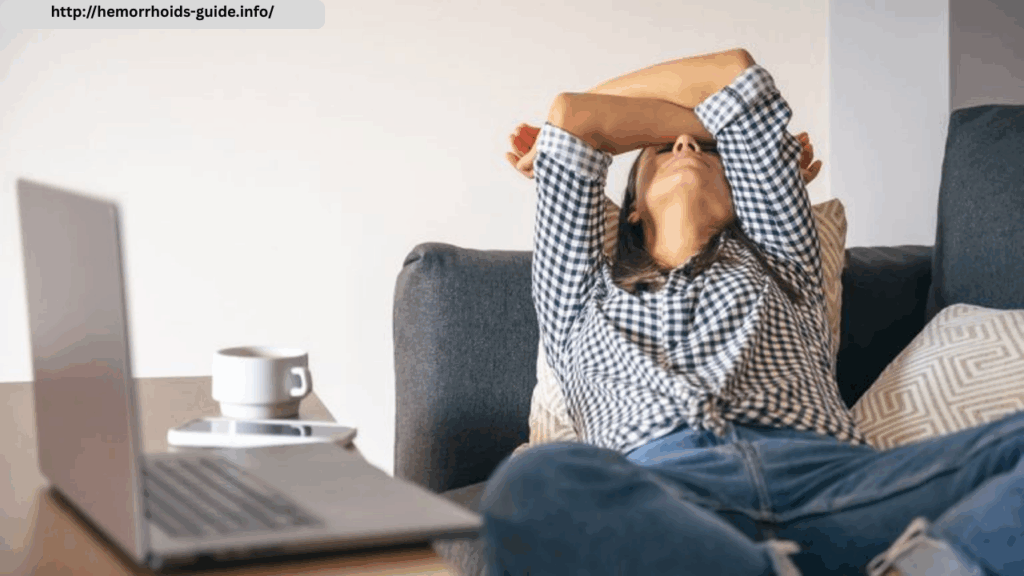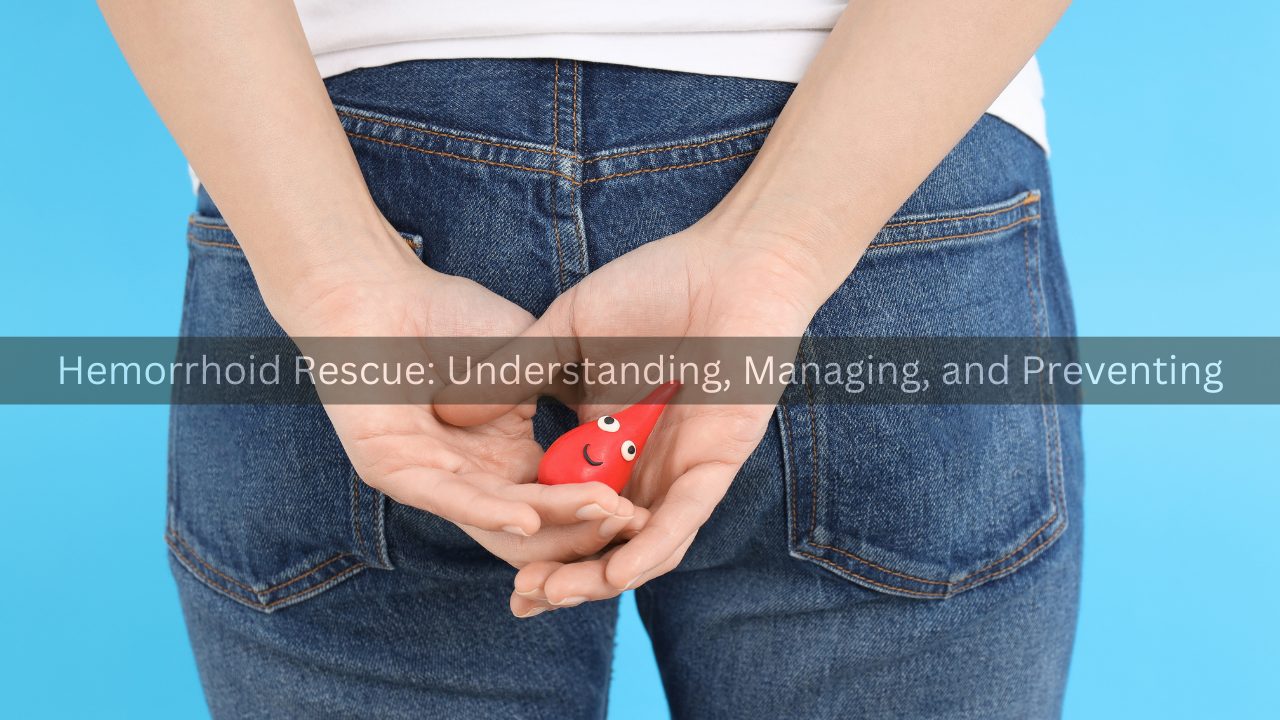
Living with hemorrhoids can be a daily struggle, marked by discomfort, itching, pain, and occasional bleeding. While these symptoms can be frustrating, the path to relief doesn’t always require drastic measures. Often, it’s the small, consistent changes in your lifestyle that make the biggest impact. Here’s how simple adjustments can help you go from pain to relief, one step at a time.
1. Start with a Fiber-Focused Diet
One of the easiest and most effective ways to reduce hemorrhoid discomfort is by increasing your fiber intake. Fiber adds bulk to your stool and makes bowel movements smoother, reducing the need for straining. Great sources of dietary fiber include:
- Whole grains like oats, barley, and brown rice
- Fruits such as apples, pears, berries, and bananas
- Vegetables like carrots, leafy greens, and squash
- Legumes including lentils, black beans, and chickpeas
Fiber supplements like psyllium husk are also an easy addition to your daily routine if you’re not getting enough from food.
2. Hydration Is Key
Staying well-hydrated helps keep your stool soft and easier to pass. Aim for at least eight 8-ounce glasses of water each day. Reducing caffeine and alcohol can also improve hydration and minimize constipation-related issues.
3. Incorporate Gentle Movement
Exercise doesn’t have to be intense to be effective. Light to moderate activities like walking, stretching, or gentle yoga can boost circulation and support regular bowel movements. Just 20–30 minutes a day can make a significant difference.
4. Optimize Your Bathroom Habits
The way you approach bowel movements can greatly influence hemorrhoid symptoms. Healthy habits include:
- Going as soon as you feel the urge
- Avoiding long periods of sitting on the toilet
- Not straining during bowel movements
- Using a small footstool to raise your knees and improve toilet posture
5. Embrace Soothing Sitz Baths
A warm sitz bath can provide quick relief from itching and irritation. Soak the affected area for 10–15 minutes in warm water, 2–3 times a day. Adding Epsom salt can enhance the soothing effects and promote healing.
6. Dress for Comfort
Wearing loose-fitting, breathable clothing can help minimize irritation. Opt for cotton underwear and avoid tight jeans or synthetic fabrics that may trap moisture and cause friction.
7. Cold Compresses for Swelling
A simple ice pack wrapped in a cloth can help reduce swelling and numb the area. Use it for short periods, about 10–15 minutes at a time, several times a day if needed.
By embracing these small but meaningful changes, you can gradually move from constant discomfort to lasting relief. These habits are easy to adopt and, when practiced consistently, can significantly improve your quality of life. Remember, progress doesn’t always come from big leaps—it often starts with the smallest steps.
